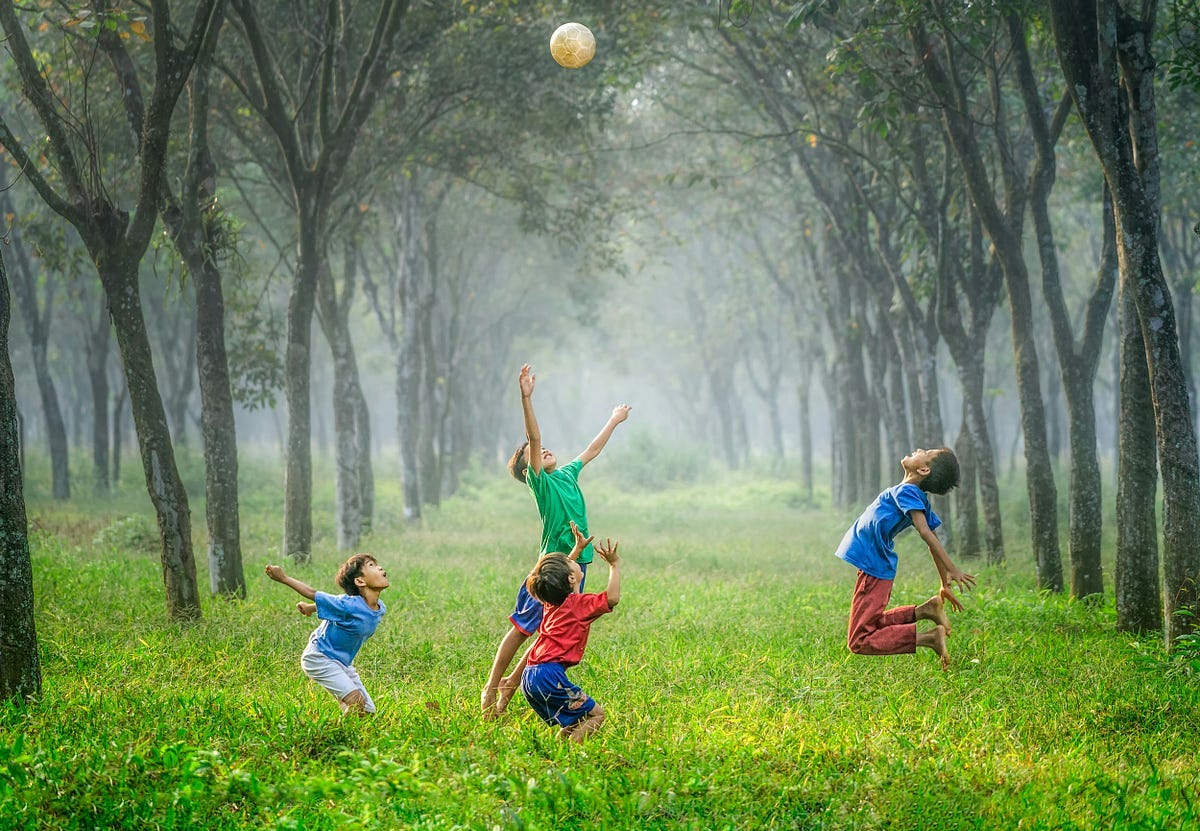How things have changed for children

Childhood’s landscape ever shifts, each generation’s upbringing distinct as the technologies and cultural winds that shape it. The values imparted, lessons learned, and memories made differ in every age, even as certain timeless elements of youth persist.
Where once children fleeted freely, exploring secret nooks and wooded hideouts, today’s youngsters dwell increasingly indoors, recreation digital as open spaces dwindle. Their energetic bodies infrequently climb trees, skin dirt, and catch fireflies now scarce.
The latchkey generation faced empty afternoons, boredom giving birth to imagination and resilience. Contemporary kids’ over-scheduled calendars permit little empty space, free play is surrendered for programmed enrichment.
Crouched at the radio, young ears once traveled zones unknown via crackling signals and serialized tales. Today’s on-demand offerings provide endless entertainment.
Eyes widening at the drive-in spectacle, their parents reveled in communal viewing, savoring cinema’s immersive escape under expansive skies. The second screen’s glow now overtakes the first, dwarfing the collective magic of the silver screen.
The scribbled, crumpled book report, labored over the night before, moldered quickly into memory. Today’s research unfolds effortlessly, limitless sources were instantly searchable, preserving each keystroke’s record.
Their grandparents lived within hierarchies clear and unquestioned. But modern childhood brings an upending, nurturing skepticism, empowering agency, eroding old social strata, and adults earn rather than demand respect.
Once, children had vanished into laboring fields by their teens, lives progressing swiftly to adult hardship. The period we now call childhood, a time for play and extended learning, would seem to them a luxury.
For generations past, discipline and duty shaped youth’s journey to adult conformity, but children now cultivate individualism and shed prescribed moulds, though sometimes suffer aimlessness.
In every age, childhood shapes young psyches with indelible lessons. Whether defined by lack, abundance, freedom, or change, the child always absorbs knowledge, gaining resourcefulness, confidence, and empathy as scaffolding for the adult to come.
The structures shift, and new technologies emerge, but essentials endure. Curiosity sparks, creativity flourishes, and wisdom accrues in that enchanted place between dependence and self-authorship.
However re-created for each era, childhood remains the garden where potential takes root.




